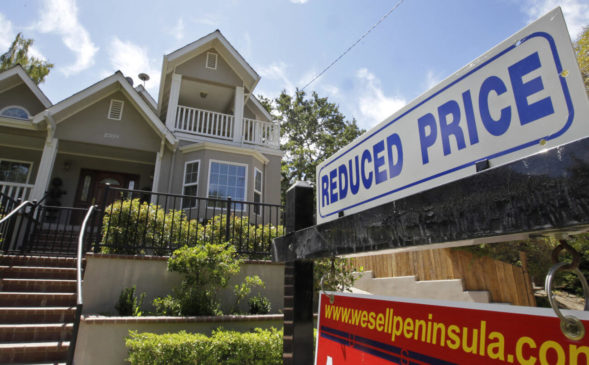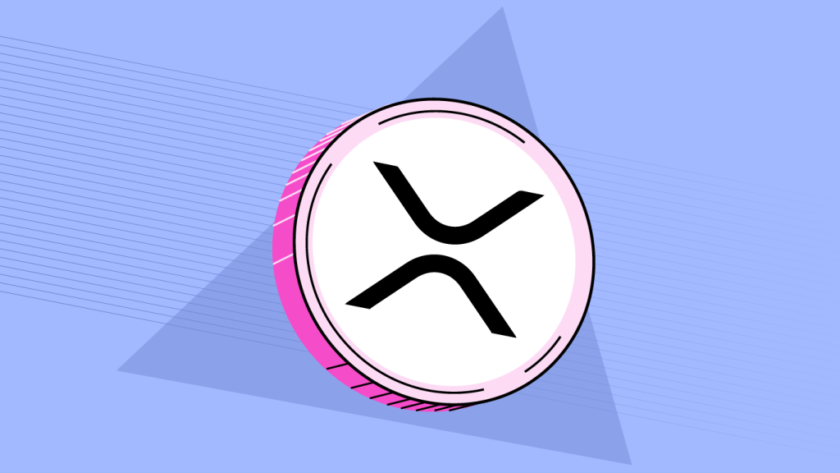- U.S. home prices extended their nine-year winning streak in April, rising 5.4% over previous-year levels.
- That streak is about to come to an end. CoreLogic analysts predict this key metric of housing market strength will fall 1.3% over the next 12 months.
- With millions of people likely to remain unemployed for months to come, house prices could remain depressed for years.
For nearly a decade, U.S. home prices have clung, unwaveringly, to an upward trajectory. But according to the latest CoreLogic Home Price Index Report, this key gauge of housing market strength is about to weaken over the next 12 months.
The looming 1.3% drop would be the first annual fall in house prices in over nine years. Even more ominously, it threatens to thrust nominal prices – which had only recently recovered to pre-Great Recession levels – back below their 2006 peak.
And with real house prices still below this peak, it looks like a new financial crisis could impair the U.S. housing market for a long time to come.
U.S. Housing Market Enjoys Honeymoon Before Another Historic Fall
The new CoreLogic HPI Report has two headline takeaways for the U.S. housing market.
The first is that house price growth continued unabated during the pandemic, rising 5.4% in April over 2019 levels.
That’s not an outlier. They’ve risen steadily ever since hitting a low in March 2011. Following a cumulative rise of 68.2%, HPI is currently 13.3% higher than its pre-crisis peak in 2006.
The second key takeaway from CoreLogic’s report is that this nine-year housing market winning streak is about to come to an end.
The economic downturn that started in March 2020 is predicted to cause a 1.3% drop in the HPI by April 2020, which would be the first decrease in home prices in over 9 years.
Yes, despite signs of a gradual easing of lockdowns, the U.S. economy is largely inactive. People still aren’t working, and most consumers still aren’t venturing outside.
As such, the housing market – though flush with demand right now – will likely suffer once this reduced economic activity finally catches up with the real estate sector.
Why Home Prices Won’t Snap Back Quickly
To be sure, a 1.3% decline in home prices isn’t an extinction-level event. But this dip may just be the tip of the iceberg. Falling house prices could become a fixture of the U.S. housing market for years to come.
Remember that during the financial crisis, home prices began falling in 2007 but didn’t bottom out for four years.
Nominal values didn’t reach parity with the pre-crisis peak until October 2017. And even today, CoreLogic’s HPI shows that real U.S. house prices are still below where they were in 2006.
Weakness in the U.S. labor market will ensure that the pandemic and lockdown impose a deep-seated weakness on the housing market.
In April, the U.S. economy shed around 20.5 million jobs. It kept shedding jobs in May, bringing cumulative layoffs to at least 40 million. Even if furloughed workers account for most of this total, it will take years to get it down to pre-lockdown levels.
It’s hard to believe that the housing market can sustain a V-shaped recovery in the face of a labor market depression on this scale.
The Housing Market Is Going Lower – But for How Long?
Most people are hoping for a quick economic recovery. But there are plenty of reasons to suspect that the negative effects will endure — and impact the housing market — for at least several years.
Most notably, Harvard economist Kenneth Rogoff has predicted that a full recovery will take at least five years. Depressingly, this is a best-case scenario for him.
While other analysts are more upbeat, there’s absolutely nothing in the data to suggest the housing market will defy the broader economic headwinds.
This weakness could fester for years. The question is, how many?
Disclaimer: This article represents the author’s opinion and should not be considered investment or trading advice from CCN.com.
This article was edited by Josiah Wilmoth.




